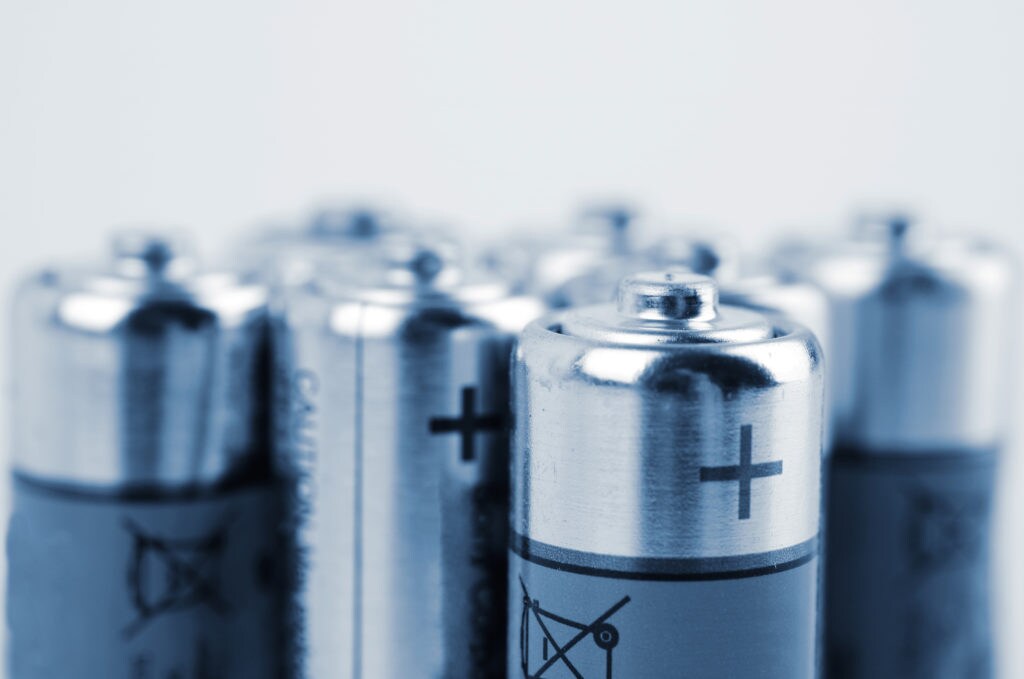High-performance, cost-effective battery technologies are essential for the step-change to mainstream electric vehicle use. As a result, ongoing efforts to rival the affordability and operational range of current motorized transport have led battery manufacturers to push the limits of cell capacity, energy density, and cost-efficiency.
Battery cells undergo rigorous quality management to ensure product performance and safety. These workflows generate large quantities of information to support batch release and demonstrate manufacturing and environmental compliance requirements. Here, we look at how advanced laboratory information management systems (LIMS) simplify battery quality analysis to make results reporting convenient and efficient.

Battery quality management demands sophisticated informatics solutions
Battery manufacturing workflows employ a broad range of analysis techniques to assure the quality of raw and in-process materials, including X-ray diffraction, scanning electrode microscopy, and wet-chemistry approaches. In addition to these pre-production and in-process testing workflows, end-product performance testing is also required to assure quality and safety. Many of these tests generate large quantities of information, including results, instrument metadata and calibration data – all of which must be properly documented and made available to relevant teams to support an efficient, compliant production line.
Charge–discharge cycle testing is just one of many key tests involved in battery end-product quality management. In real-world use, repeated charging and discharging inevitably leads to a decline in cell capacity over time due to the gradual structural degradation of the battery’s internal materials. In cycling tests, the power contained in fully charged cells is rapidly extracted before being fully charged and the process repeated. By monitoring the decrease in cell capacity over many cycles, the impact of charging/discharging on the useable lifetime of the cell can be determined. Cycling tests collect vast quantities of data, often as many as six or more data points every second, over several hours and hundreds of charge–discharge cycles. This represents a serious undertaking in terms of data management.
Aggregating the vast quantities of data associated with battery quality management therefore requires sophisticated control strategies capable of managing multiple critical quality attributes. The systems used to handle this data must be capable of storing it in an organized way, while making it securely retrievable for analysis and reporting. Above all, these workflows must maintain the integrity of testing data to ensure decisions on batch release are taken based on reliable insight.

Battery Manufacturing
LIMS: Improving efficiency, enhancing data integrity
By centrally organizing data generated throughout battery quality management workflows, LIMS make accessing, analyzing, and sharing this information fast and efficient.
Advanced LIMS, such as Thermo Scientific SampleManager LIMS™ software, seamlessly integrate with informatics tools such as manufacturing execution systems (MES) and electronic laboratory notebooks (ELN) to make quality management insight available in real-time. For example, the large quantities of data from charge–discharge cycling testing can be visualized graphically and automatically incorporated into ELNs, reducing the burden of results analysis and reporting. Pre-defined report templates make it easy to pull out key findings and present data in a standardized, intuitive format. By providing access to results in real-time and reducing the time required to generate reports, LIMS can accelerate decision-making and boost productivity.
Furthermore, because data collected throughout quality management workflows are automatically transferred and stored centrally in the LIMS, without the need for manual transcription, the potential for human error is greatly minimized. By bringing data from multiple instruments and tests, LIMS provide access to a continually up-to-date, single source of truth. In this way, LIMS can better enhance data integrity in accordance with best practice principles to support compliance requirements and safeguard the reliability of decision-making.
Simplifying results reporting in battery manufacturing
Modern LIMS aggregate data from quality management workflows in a meaningful way, simplifying information retrieval to support fast, insight-driven decision-making. With the right informatics tools to support production, battery manufacturers can build a strong foundation for improved quality and efficiency.
Learn more about how SampleManager LIMS software can make battery quality management more efficient and streamline analysis and reporting of results.
Leave a Reply